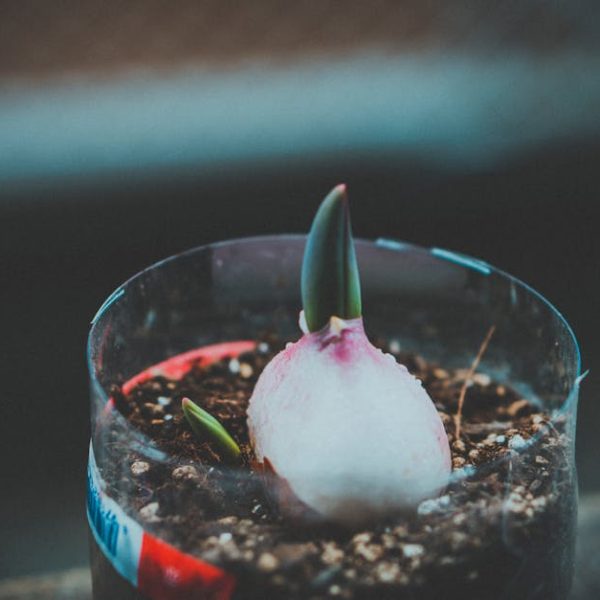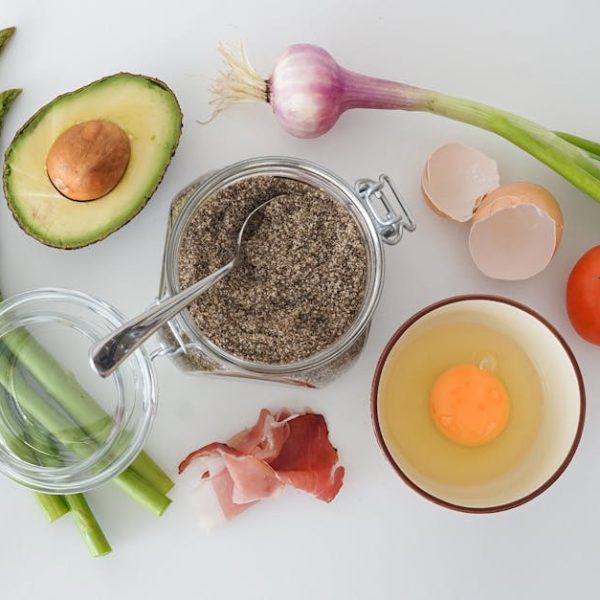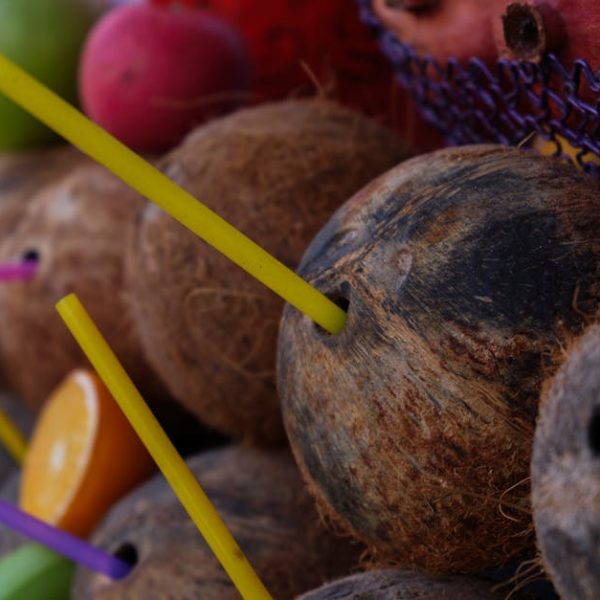Green beans are a nutritious and delicious addition to any meal. Ensuring their freshness is essential for best taste and avoiding any potential health hazards linked to spoiled foods. Checking the freshness of green beans is easy and can be done using sight, touch, smell, and as a last resort, taste. This step-by-step guide will walk you through these simple yet effective methods.
Method 1: Visual Inspection
The first and often most revealing way to test the freshness of your green beans is through visual inspection. Fresh green beans have specific characteristics that you can readily identify:
- Green beans should be vibrant in color – a rich, vivid green that hasn’t faded or turned yellow.
- Their skin should be smooth and unblemished. Any appearance of dark spots, mold, or discoloration is a strong indicator of spoilage.
- Finally, fresh green beans should be straight and firm, not limp or wrinkled.
Remeber, beans exhibiting any of these undesirable traits should be discarded immediately to prevent any potential health hazards.
Method 2: Tactile Inspection
The next method involves your sense of touch. The texture of the bean can tell a lot about its freshness:
- Fresh beans are firm and will resist pressure when squeezed gently.
- By contrast, spoiled green beans tend to be slimy, mushy or excessively soft.
The so-called ‘snap’ test is effective too – a fresh bean will snap cleanly when bent, while an old or overripe one will bend without breaking. Using your touch to evaluate beans’ quality can save you from an unpleasant culinary experience, so don’t hesitate to feel your vegetables before using them!
Method 3: Smell Detection
A less commonly used but very effective method is smell detection. Our noses can pick up on bacterial changes that result in odor. Here’s what to be aware of:
- Fresh green beans have a subtly sweet, earthy smell.
- On the other hand, spoiled beans often give out a sour, musty, or otherwise off-putting smell.
Remember, your nose knows! If your green beans smell anything other than fresh, it’s safer to discard them.
Method 4: Taste Test
The final and least recommended method is a taste test. While it can confirm if beans are fresh or not, it’s not advisable due to the potential dangers associated with consuming spoiled food.
However, if you think a bean is okay based on visual, tactile, and smell tests, but still have doubts, you may opt for this method:
- Fresh green beans should have a crisp, slightly sweet flavor, and not taste bitter or off in any way.
Always prioritize safety. If the beans have shown any signs of spoilage using the first three methods, do NOT proceed to a taste test.
In the second part of the article, we will discuss how to prolong the freshness of your green beans once you’ve ensured they are, indeed, fresh and safe using these four simple methods.
Maintain Freshness of Green Beans
Keeping your green beans fresh after purchasing them will help you get more life out of your vegetables, reduce waste, and maximize the nutritional benefits. Here are some tips to follow:
- Green beans are best when consumed within a week of purchasing.
- To maintain their freshness, refrigerate green beans as soon as you get home.
- Store your green beans unwashed in a plastic bag with some air holes to allow them to breathe.
- Only rinse and trim your green beans just before you plan to cook them.
The best way to store green beans for extended freshness is by blanching and then freezing them. Blanching (briefly boiling the beans and then plunging them into cold water) stops the enzymes that cause loss of flavor, color, and texture. Post this, you can freeze them, and they will remain fresh for up to a year!
With these simple tips and tricks, you will always be able to enjoy fresh, crisp, and delicious green beans. Knowing how to determine freshness and how to properly store your vegetables will undoubtedly improve your culinary experience, ensuring your dishes are always safe, flavorful, and packed with nutrients. So go ahead, incorporate these techniques, and relish the goodness of fresh green beans every time.
Key Takeaway:
- Fresh green beans should look vibrant with a rich green color, be firm, and exhibit no dark spots or molds.
- They should feel firm and resistant to pressure, and snap cleanly when bent.
- They should have a subtly sweet, earthy smell with no sour or musty odors.
- Taste test should only be a last resort and is not advisable if the beans have shown any signs of spoilage.
- To maintain their freshness, refrigerate them as soon as possible, store them unwashed in a breathable bag, and only prepare them just before cooking. Blanching and freezing can extend their freshness up to a year.
Remember, the key to enjoying fresh, nutritious green beans lies in the ability to discern their freshness and knowing how to appropriately store them. Trust your senses and never compromise safety for uncertainty. As a culinary enthusiast, this skill empowers you to ensure that your creative dishes consistently offer the rich, unique taste that only fresh beans can bring about.
FAQs
Q: Should I wash green beans before storing them in the fridge?
A: No, you should store your green beans unwashed in a plastic bag with air holes to allow them to breathe. Only rinse and trim your green beans just before you plan to cook them.
Q: I bought pre-packaged green beans. How can I ensure they are fresh?
A: Packaged beans should be checked similarly. Look for lively color, firm texture, and a fresh scent. If you can’t perform a tactile or smell test due to the packaging, rely more on the visual evidence.
Q: What do I do if only some green beans in a batch are spoiled?
A: Discard any beans that show signs of spoilage, but the rest can be used if they pass the freshness tests. Spoilage doesn’t necessarily transfer between beans, but always err on the side of caution.
Q: How do I perform the ‘snap’ test?
A: The ‘snap’ test involves bending the bean. A fresh bean will snap cleanly when bent, while an older or spoiled one might just bend without breaking.
Q: Can I use the taste test as the first method to test for freshness?
A: The taste test should only be used as a last resort and never used if the beans have already shown signs of spoiling during the first three tests. Consuming spoiled food can be harmful.
Remember, sharing knowledge empowers others. If this article was helpful to you, please share it with others, and don’t hesitate to explore more of our posts for other handy culinary tips and insights. Enjoy your cooking journey!






